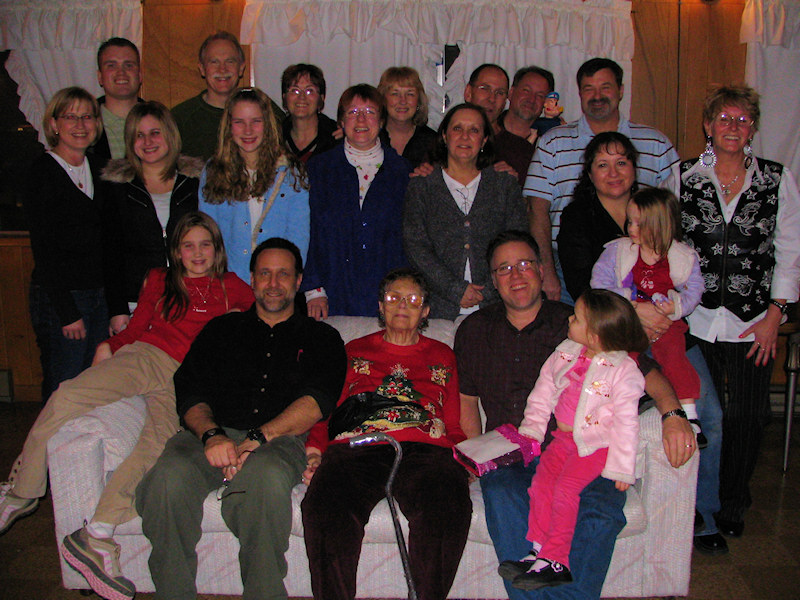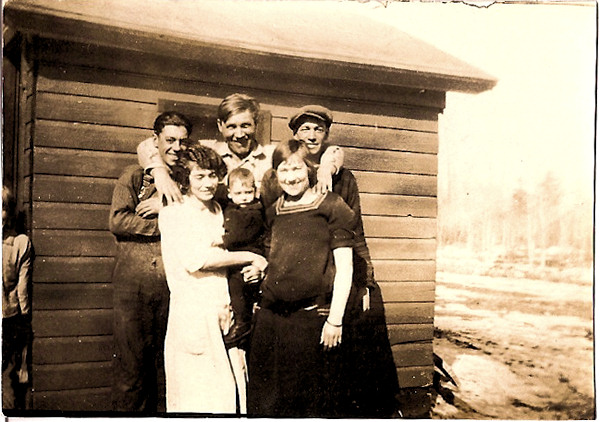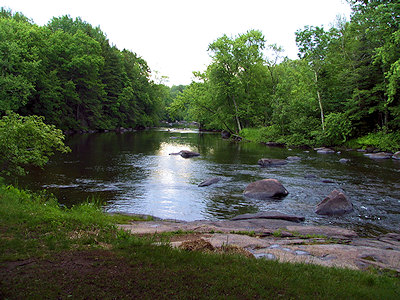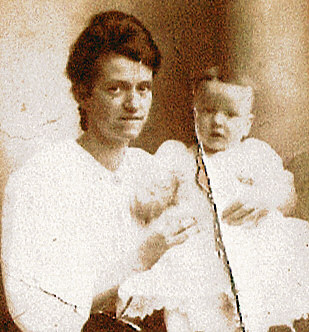A Walk Through Time is an NIST Physics Laboratory site that examines the history of time and keeping track of time across history.
As I go back farther and farther into my family’s history, especially with the connections made deep into the past through DNA testing, I start thinking more about how our ancestors lived their lives, worked their work, and fed their families. Time and dates played important roles in their daily activities, therefore, understanding how different cultures kept track of time helps me learn more about their lives.
In the Ancient Calendars section, the site talks about the basis for calendars used by different societies and cultures:
We know little about the details of timekeeping in prehistoric eras, but wherever we turn up records and artifacts, we usually discover that in every culture, some people were preoccupied with measuring and recording the passage of time. Ice-age hunters in Europe over 20,000 years ago scratched lines and gouged holes in sticks and bones, possibly counting the days between phases of the moon. Five thousand years ago, Sumerians in the Tigris-Euphrates valley in today’s Iraq had a calendar that divided the year into 30 day months, divided the day into 12 periods (each corresponding to 2 of our hours), and divided these periods into 30 parts (each like 4 of our minutes). We have no written records of Stonehenge, built over 4000 years ago in England, but its alignments show its purposes apparently included the determination of seasonal or celestial events, such as lunar eclipses, solstices and so on.
The earliest Egyptian calendar was based on the moon’s cycles, but later the Egyptians realized that the “Dog Star” in Canis Major, which we call Sirius, rose next to the sun every 365 days, about when the annual inundation of the Nile began. Based on this knowledge, they devised a 365 day calendar that seems to have begun around 3100 BCE (Before the Common Era), which thus seems to be one of the earliest years recorded in history.
The Early Clocks section examines how time was kept before mechanisms were created to track time:
As best we know, 5000 to 6000 years ago great civilizations in the Middle East and North Africa began to make clocks to augment their calendars. With their attendant bureaucracies, formal religions, and other burgeoning societal activities, these cultures apparently found a need to organize their time more efficiently.
…the Egyptians were apparently the next to formally divide their day into parts something like our hours. Obelisks (slender, tapering, four-sided monuments) were built as early as 3500 BCE. Their moving shadows formed a kind of sundial, enabling people to partition the day into morning and afternoon.
…Another Egyptian shadow clock or sundial, possibly the first portable timepiece, came into use around 1500 BCE. This device divided a sunlit day into 10 parts plus two “twilight hours” in the morning and evening.
…The “merkhet”, the oldest known astronomical tool, was an Egyptian development of around 600 BCE. A pair of merkhets was used to establish a north-south line (or meridian) by aligning them with the Pole Star. They could then be used to mark off nighttime hours by determining when certain other stars crossed the meridian.
Today, keeping time is definitely moved past sundials. The NIST maintains time across the United States and has since the early 1920s with powerful radio towers which have now been upgraded to satellite and GPS technology.
Time signals are an important byproduct of the Global Positioning System (GPS), and indeed this has become the premier satellite source for time signals. The time scale operated by the USNO serves as reference for GPS, but it is important to note that the time scales of NIST and USNO are highly coordinated (that is, synchronized to well within 100 nanoseconds, or 100 billionths of a second). Thus, signals provided by either NIST or USNO can be considered as traceable to both institutions. The agreements and coordination of time between these two institutions are important to the country, since they simplify the process of achieving legal traceability when regulations require it.
Official US Government time is provided by NIST and USNO and is also available online from http://www.time.gov, the Internet Time Service (ITS), and the Automated Computer Time Service (ACTS) which allows automatically setting of clocks through computers and other programmable devices.
Here are a few other links to help you understand how time worked throughout history, as well as how to calculate dates and time across history:
- 10,000 Year Calendar
- Dates Affecting Scottish Genealogy
- Ellis Island Timeline – When did your ancestors arrive
- About.com – Military Timelines
- Cindi’s List – Timelines
- Rosetta Calendar – Calendar Conversions
- Ancestral Place – Timeline Online Tools
- Time and Date – Duration Calculator
- Time and Date – Date calculator: Add to or subtract from a date
- Add Number of Days, Months and/or Years to a Date Calculator
- Online Conversion – Date and Time
- Long Island Genealogy – Birth Date Calculator
Most Recent Articles by Lorelle VanFossen
- The Myths and Mysteries and Hunt for Nicholas Knapp
- The Perpetual Calendar
- GenSmarts: Reminder to Not Assume
- Gensmarts Saves Your Family History Research Life
- Digging Through Historical Newspapers Online





